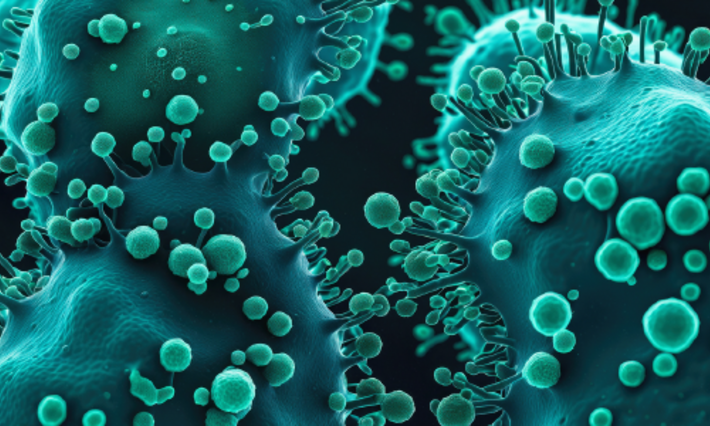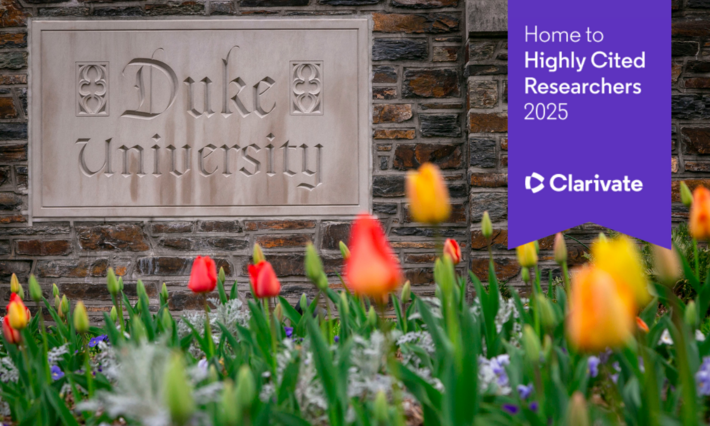Properly Diagnosed
Gira may have let his cough go on longer before seeing a doctor, if it hadn’t been for his wife Amy insisting he get checked when his prolonged cough turned painful that summer of 2017. She’d heard that kind of cough on the hospital’s pulmonary unit. He sounded like one of her patients.
Gira’s diagnosis on September 1, 2017, was squamous cell carcinoma, a kind of non-small cell lung cancer linked to a history of smoking and more common in men than in women.
“Scans revealed a golf-ball sized tumor in my right lung. I had never been a smoker or a golfer! In fact, I loathe both!” Gira likes to joke. “Cancer snuck up on me, scared me, and flipped my world upside down.”
When Huynh went in for her annual gynecological exam that same month, she mentioned a “summer cold” — characterized only by a dry cough and mainly in the evenings — that had dragged on for weeks.
She also casually brought up some new breathlessness she’d been experiencing.
“I was very active, I was doing boot camp and running and I realized that I was more tired than usual. You know, I thought, ‘Why am I so tired?’ I couldn't run as fast and as hard. And going up a long flight of stairs, I would get a little out of breath. My heart would beat faster,” said Huynh.
Huynh had entered menopause in her early 40s, considered abnormally early, so she was accustomed to keeping a close eye on her reproductive health; even worried over it. The coughing and breathlessness weren’t of great concern. But her gynecologist insisted on an X-ray to be safe.
“It was crazy, when she called me with the results; I remember, she even said, ‘You know, actually, they saw something on the X-ray… hopefully, it’s nothing.’ She ordered a CT scan and wished me the best,” recalled Huynh, who was referred to a UNC pulmonologist in Chapel Hill. “He saw something on the CT, then I went in for a PET scan. I remember the radiologist helping me with the PET scan saying, ‘You know your health record is clean. It’s probably fine.’”
The pulmonologist reviewed her PET scan results and suspecting tuberculosis, even recommended she quarantine and undergo a bronchoscopy.
“I was quarantined for like five minutes before he went and did the bronchoscopy. And I remember reading the preliminary results, which showed that there’s cancer, and being very emotional and upset and my husband was very positive, saying, ‘You know, let's not get, too, too crazy. Let's wait for the final result,’ but you know, coming from a lab, I know that very rarely is a preliminary result wrong.”
When the final result was in, the pulmonologist provided Huynh few details.
“He just said, ‘It looks like it is cancer, so I want you to go see an oncologist.’ And you know, we cried, my husband and I cried a lot. But he (my pulmonologist) did say one thing that was really helpful, ‘Properly diagnosed is the road to proper treatment,’ and that calmed me down a little bit,” said Huynh.
She wasn’t calm for long. In the short time before a scheduled appointment with DCI thoracic oncologist Thomas Stinchcombe, MD, Huynh began experiencing a new symptom — numbness that traveled from her head to her arms to her fingers. Afraid she was having a heart attack, she went to the ER. It wasn’t that. An MRI revealed masses in her brain.
After some additional tests, Stinchcombe told her she was facing a stage 4 lung cancer diagnosis; that the tumors in her brain were metastatic lung cancer tumors. Huynh had adenocarcinoma, the most common form of non-small cell lung cancer, which originates in the cells in the glands on the outer part of the lungs. This type, he explained, most frequently strikes women, non-smokers, and people under the age of 45.







